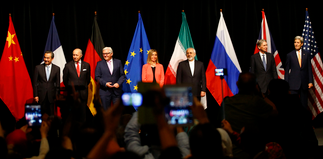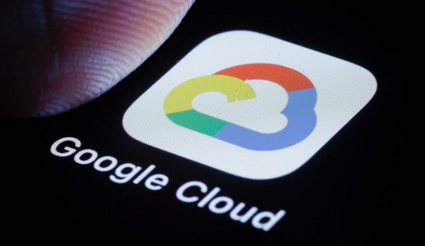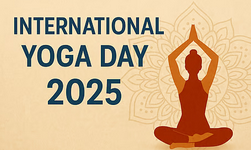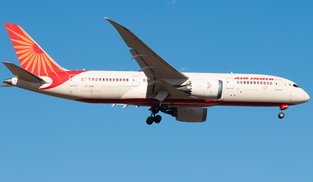Introduction
The Iran Nuclear Deal, formally known as the Joint Comprehensive Plan of Action (JCPOA), has been a focal point of international diplomacy since its inception in 2015. Designed to curb Iran’s nuclear program in exchange for sanctions relief, the deal has faced significant challenges, including the U.S. withdrawal in 2018 and ongoing tensions. As of mid-2025, discussions around reviving or renegotiating the agreement have gained momentum, with new developments shaping the global conversation. This article explores the latest trends surrounding the Iran Nuclear Deal, drawing from recent reports and public sentiment.
Key Developments in 2025
U.S. Re-Engagement and Negotiation Efforts
Following the re-election of U.S. President Donald Trump in November 2024, there has been renewed interest in negotiating a nuclear agreement with Iran. Reports indicate that the U.S. has proposed a deal allowing Iran to enrich uranium at low levels (capped at 3.67%) without requiring the complete dismantlement of its nuclear facilities. This marks a shift from earlier demands for full dismantlement, reflecting a pragmatic approach to diplomacy. These proposals include stricter inspections and extended sunset clauses, potentially lasting 25 years, to ensure compliance with the International Atomic Energy Agency (IAEA) standards.
Regional Dynamics and Proposals
Beyond bilateral U.S.-Iran talks, there are suggestions for a broader regional framework to address nuclear concerns in the Persian Gulf. Proposals for a nuclear consortium involving Iran and Saudi Arabia aim to mitigate uranium enrichment ambitions and reduce the risk of nuclear proliferation in the region. Such initiatives reflect a growing recognition that a sustainable solution must involve regional stakeholders to address mutual security concerns.
Challenges and Points of Contention
Despite progress, significant hurdles remain. Iran’s enriched uranium stockpile has reportedly grown closer to levels needed for nuclear weapons, raising alarms at the United Nations. This development complicates negotiations, as trust between parties remains fragile. Additionally, overlapping U.S. sanctions unrelated to the nuclear program limit the potential for economic integration, even if a new deal is reached. Public sentiment on platforms like X highlights skepticism about the feasibility of sanctions relief delivering promised economic benefits to Iran.
U.S.-Israel Tensions
Differences between the U.S. and Israel over the approach to Iran’s nuclear program have intensified. While the U.S. leans toward diplomacy, Israel advocates for a harder line, citing security threats. These diverging perspectives add complexity to negotiations, as regional allies play a critical role in shaping the geopolitical landscape.
Public Sentiment and Online Discussions
On social media platforms like X, the Iran Nuclear Deal is a trending topic, with users expressing varied perspectives. Some posts reflect cautious optimism about a new agreement, while others express concern over Iran’s nuclear capabilities and the U.S.’s softened stance on enrichment. Critics argue that allowing any level of uranium enrichment risks escalation, while supporters of diplomacy emphasize the need for compromise to avoid military conflict. These discussions underscore the deal’s polarizing nature and its implications for global security.
Looking Ahead
The path to a new Iran Nuclear Deal remains uncertain but is marked by cautious progress. The inclusion of regional players, stricter oversight mechanisms, and a focus on limited enrichment suggest a willingness to adapt the original JCPOA framework to current realities. However, challenges such as Iran’s stockpile growth, regional tensions, and domestic political pressures in the U.S. and Iran could derail negotiations. The international community continues to watch closely as diplomacy unfolds, with the hope of balancing security and stability in the Middle East.
Conclusion
The Iran Nuclear Deal remains a critical issue in global politics, with recent trends pointing to renewed diplomatic efforts and regional considerations. While a new agreement could pave the way for stability, the road ahead is fraught with challenges. Stakeholders must navigate complex geopolitical dynamics and public skepticism to achieve a lasting solution. For now, the world awaits further developments in this high-stakes diplomatic endeavor.



